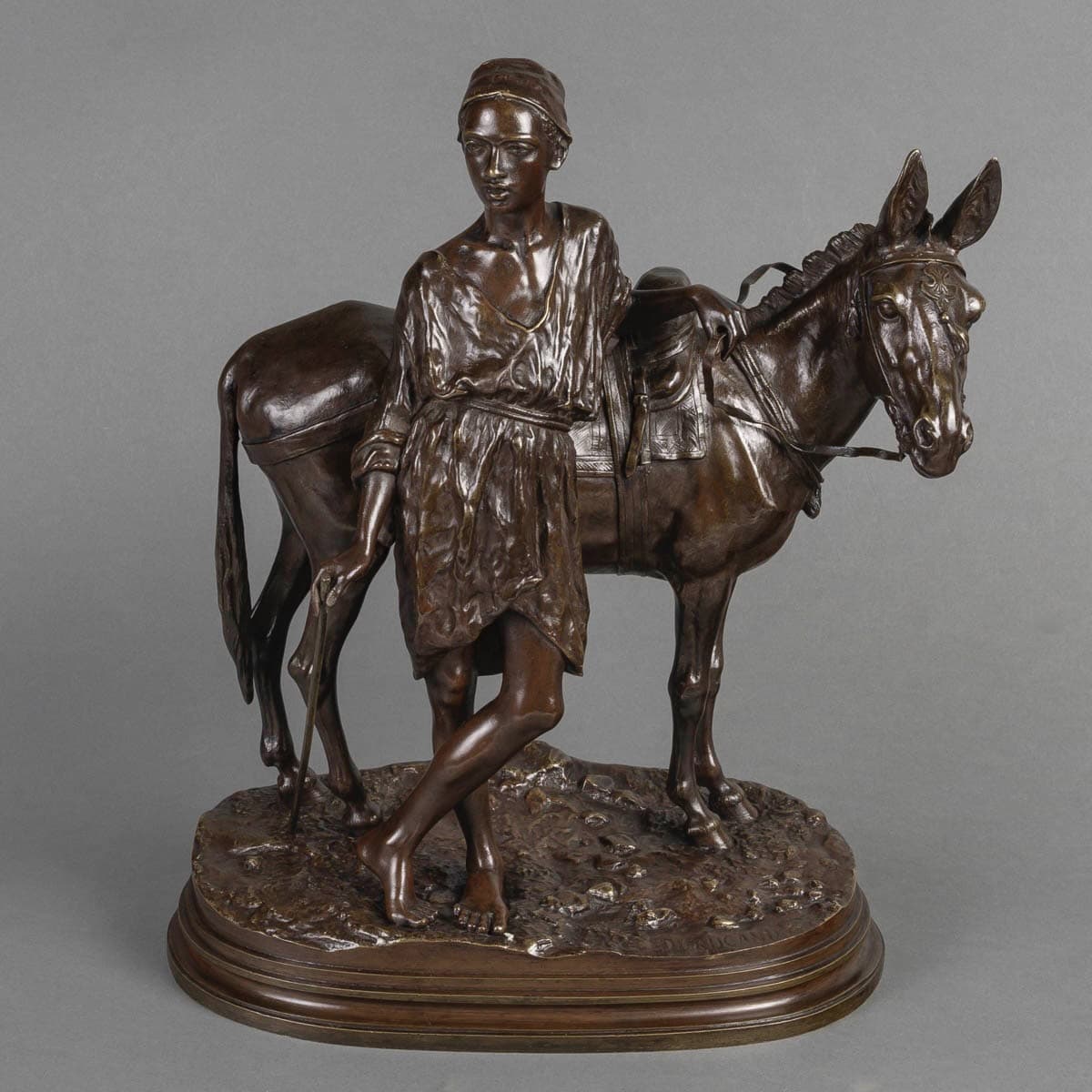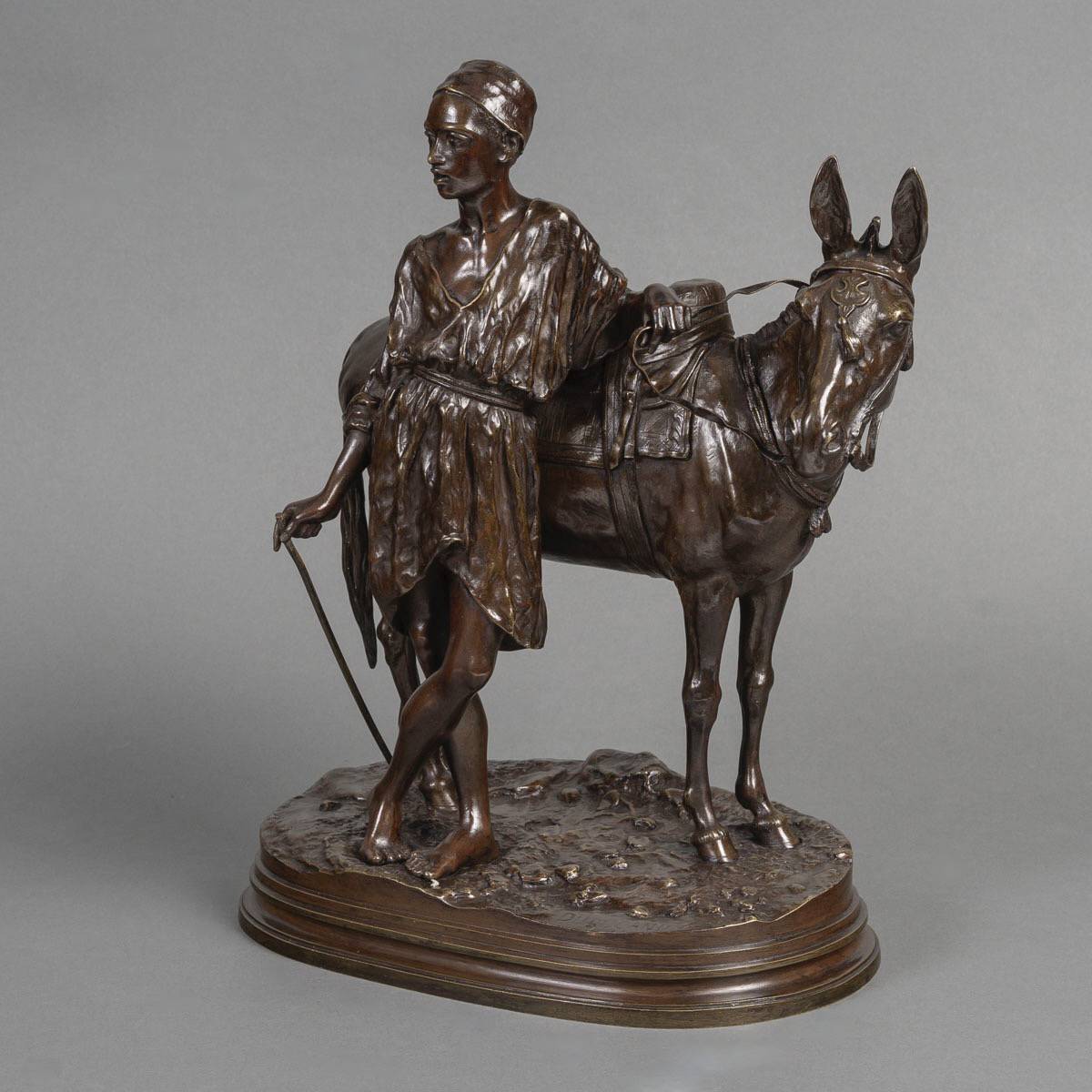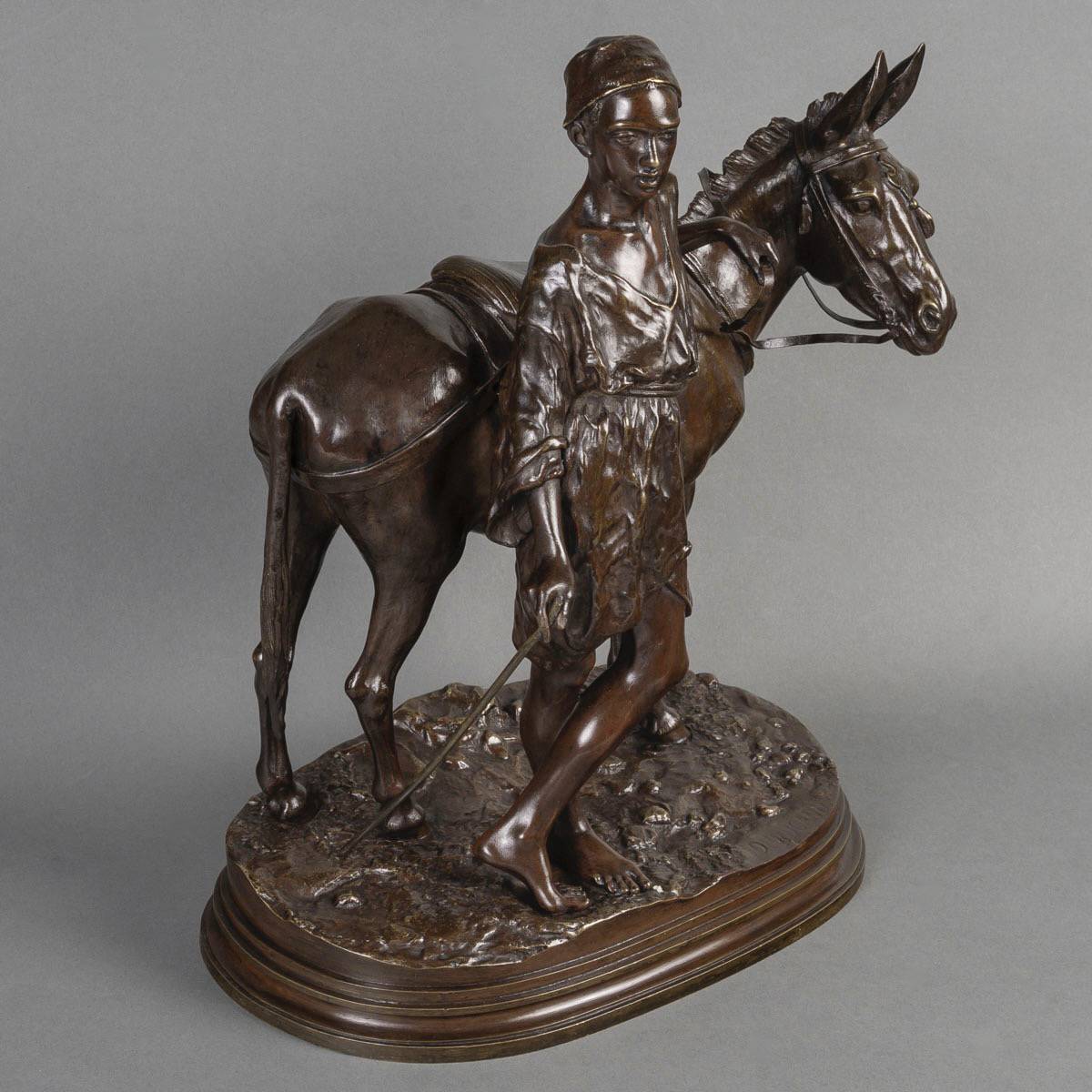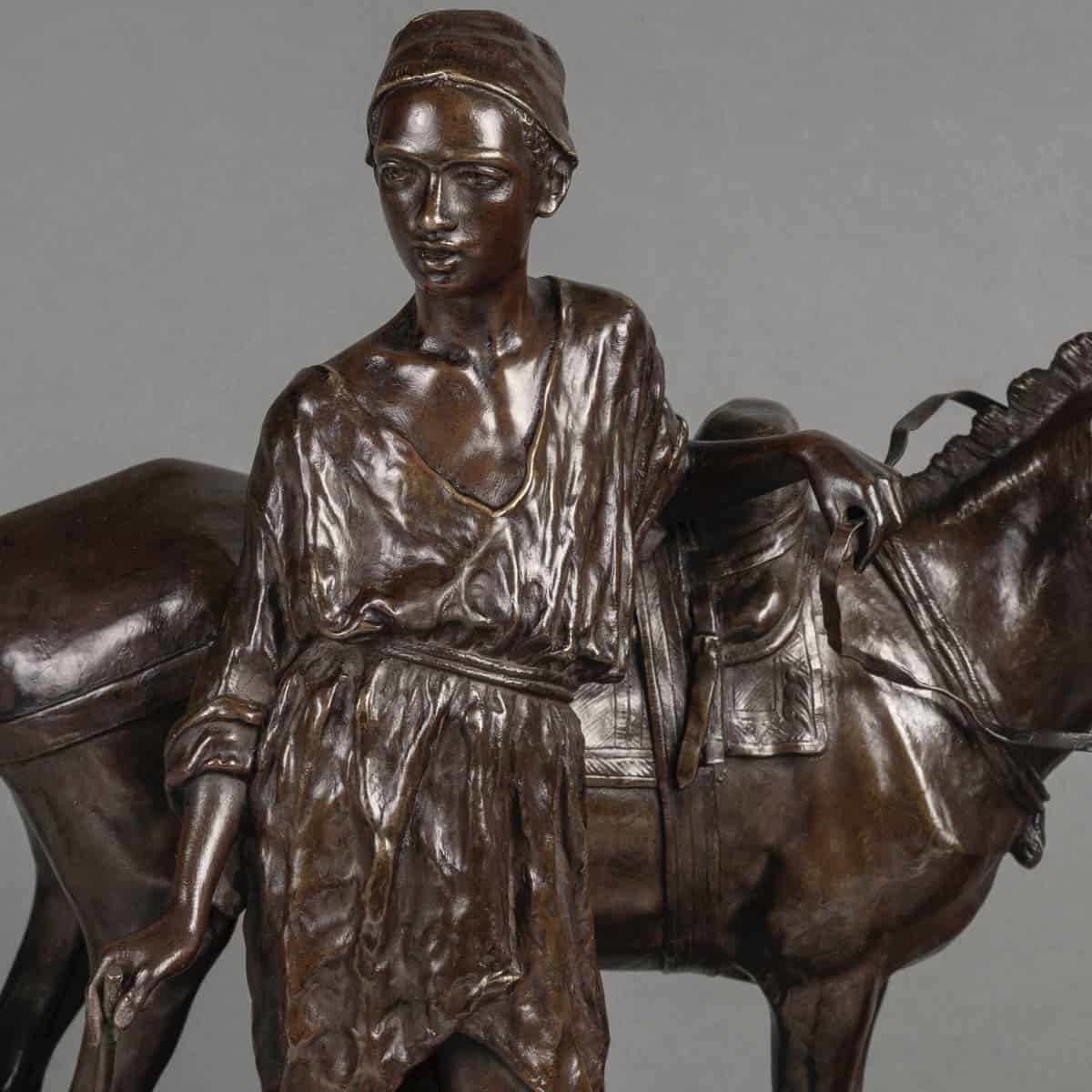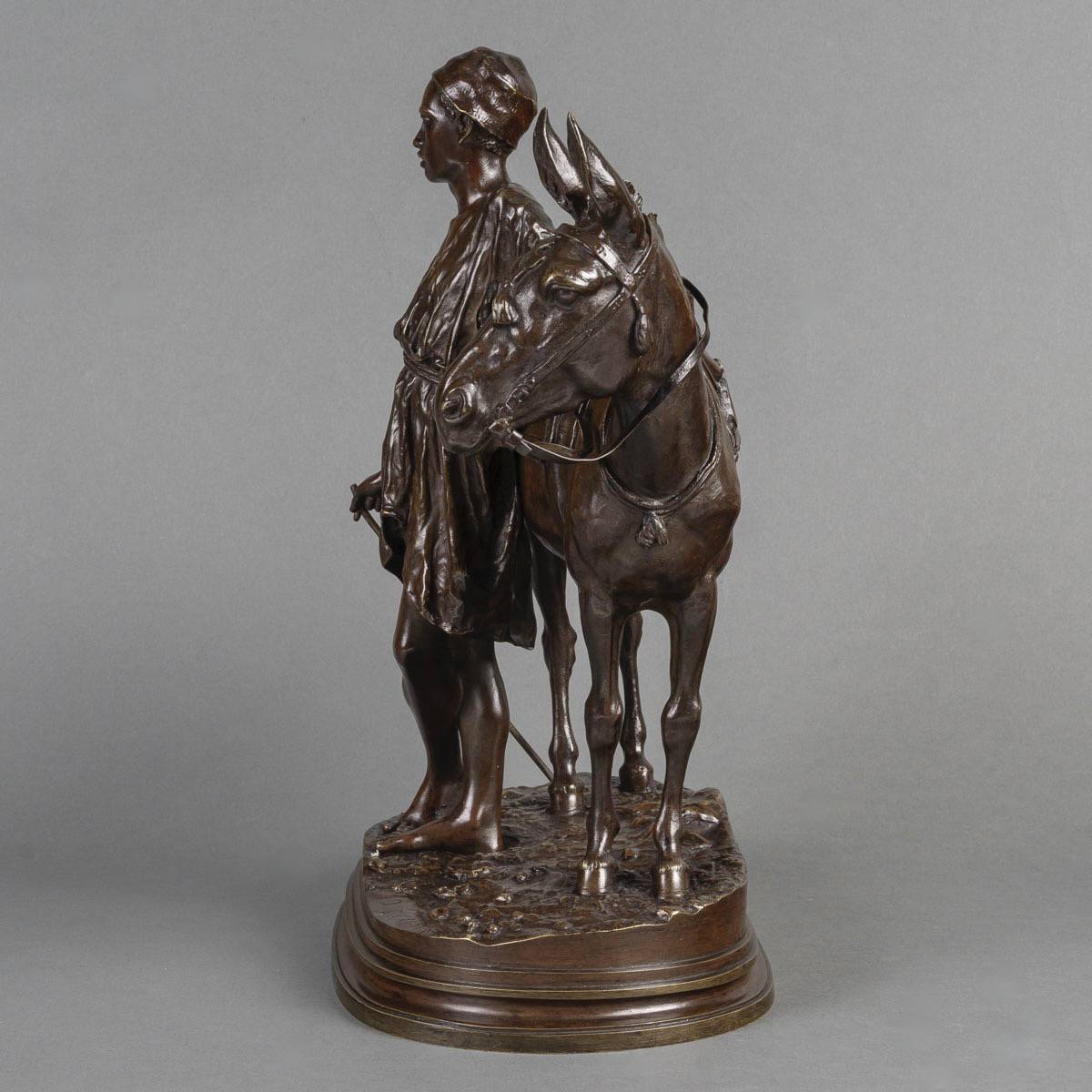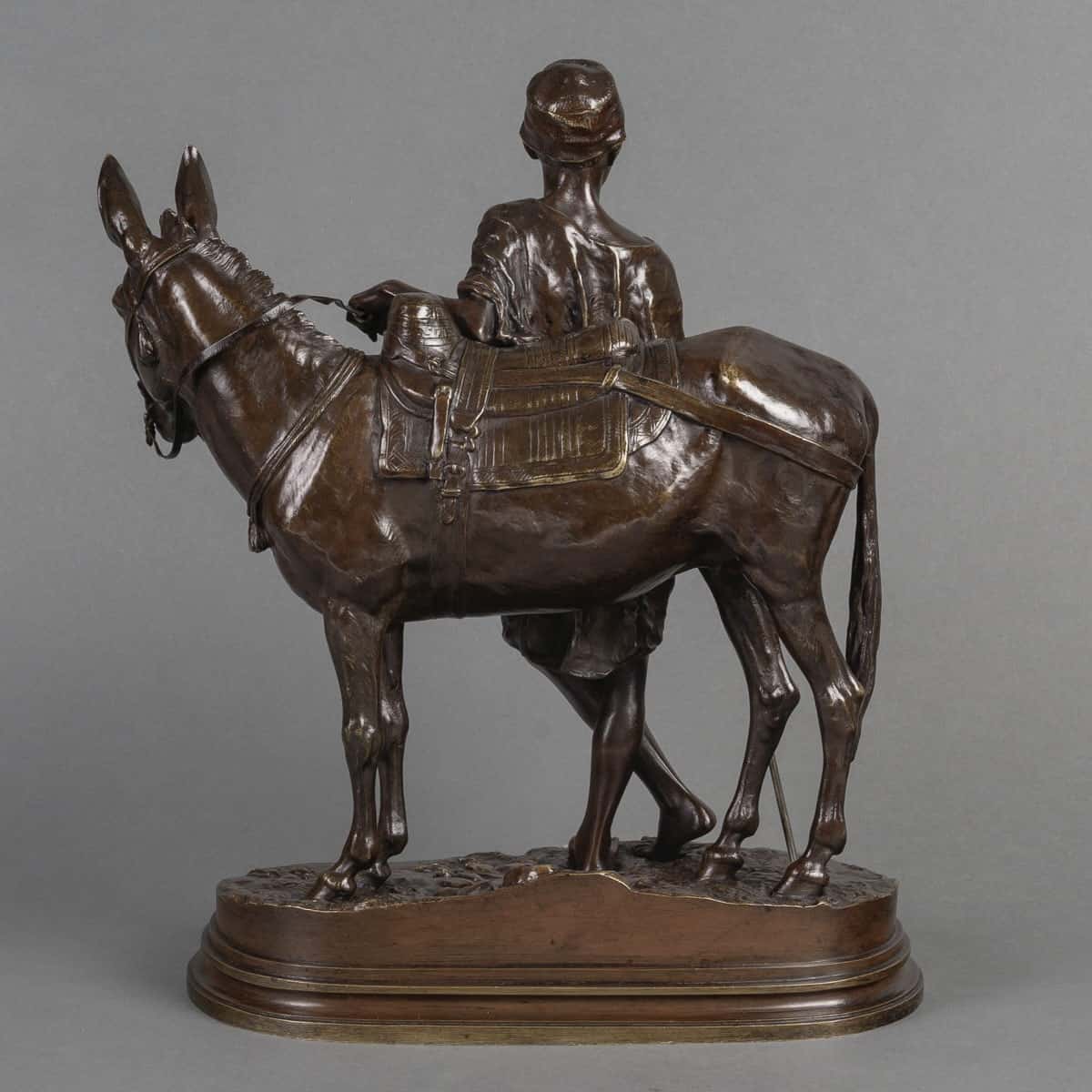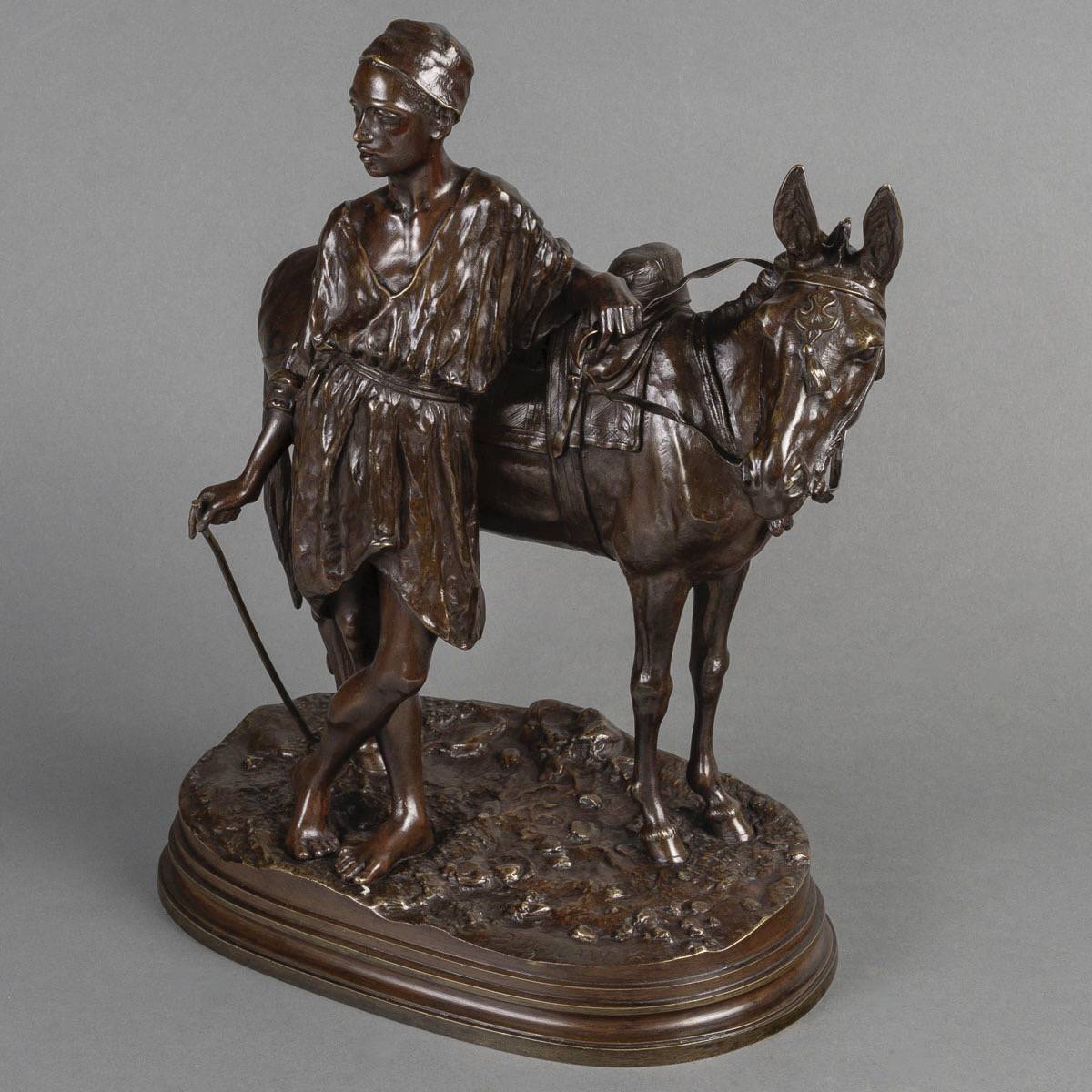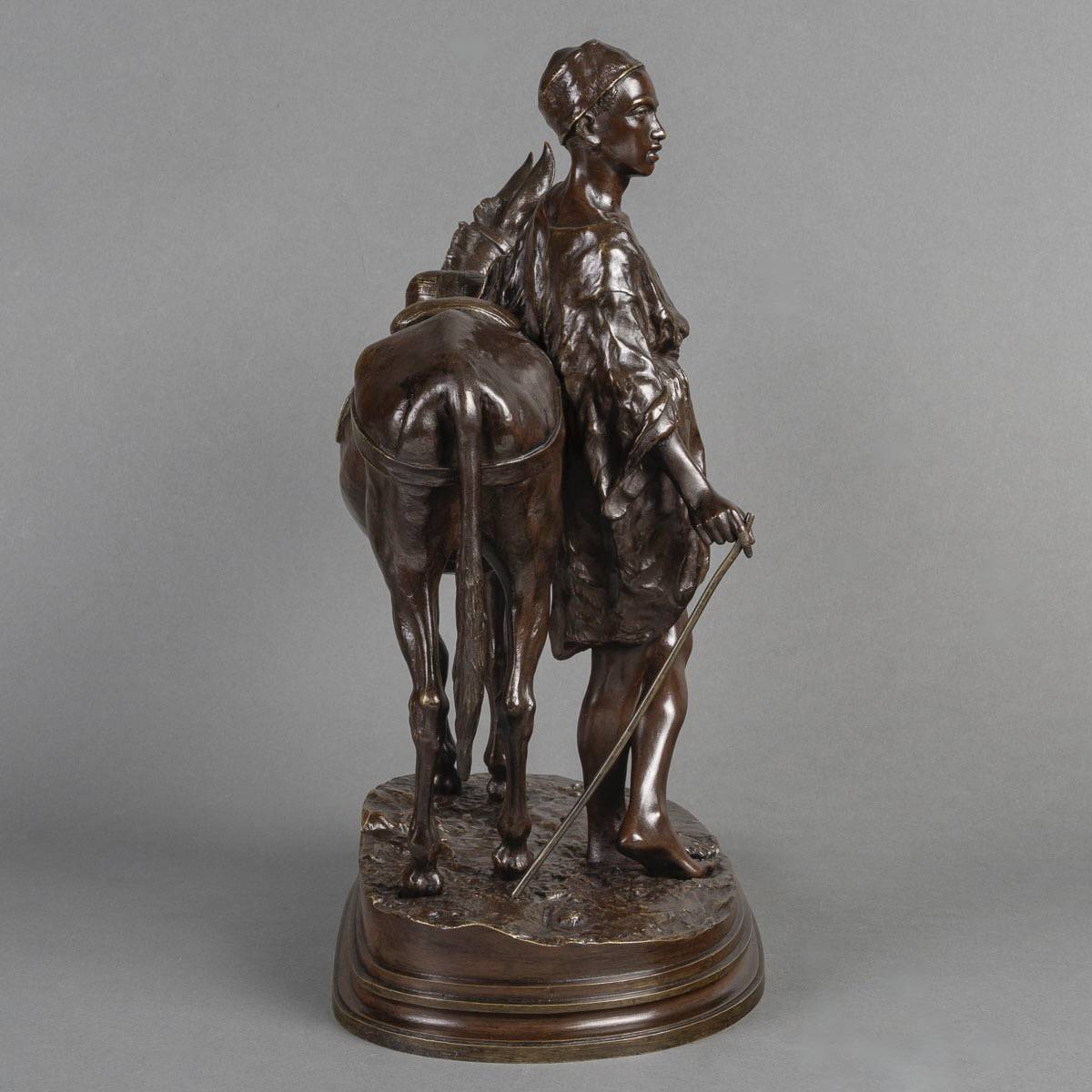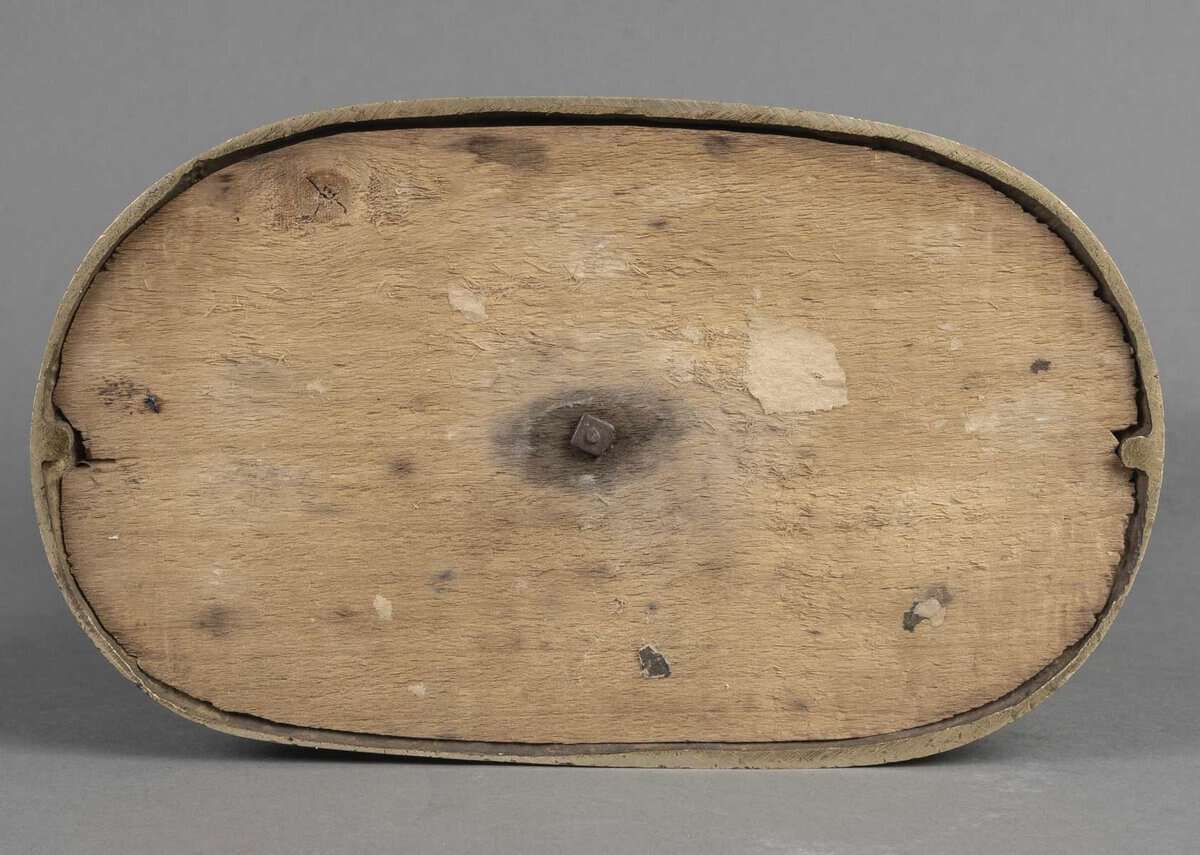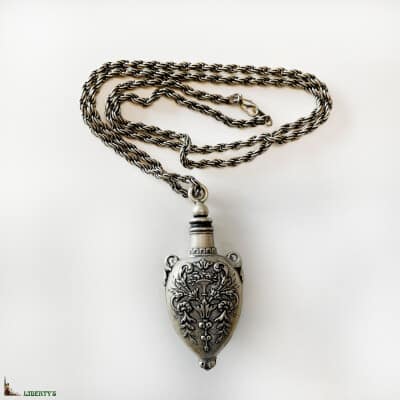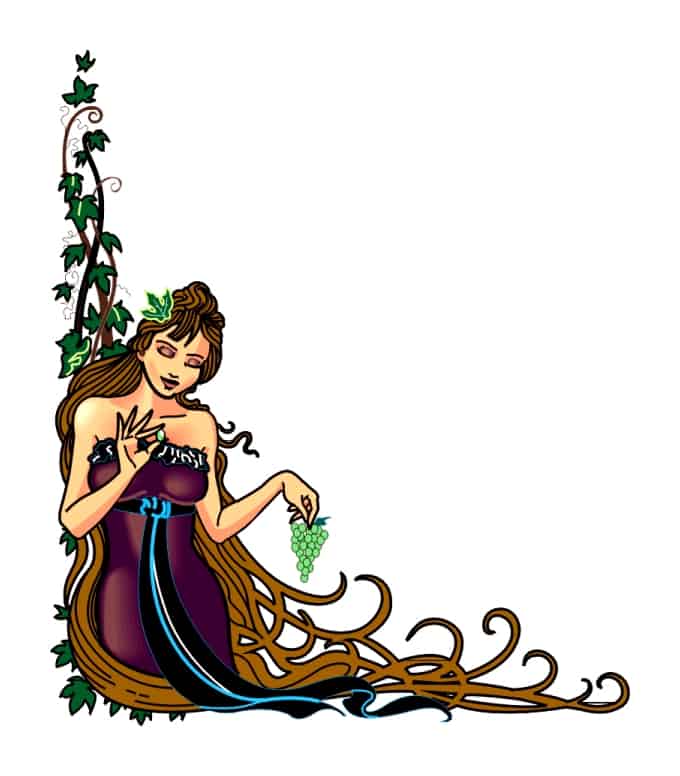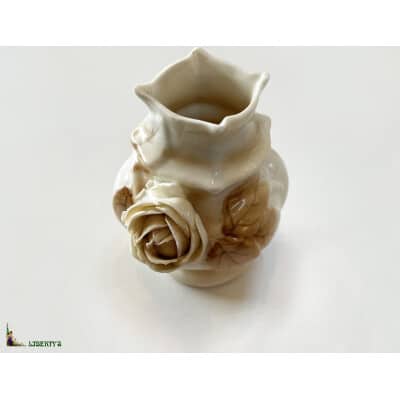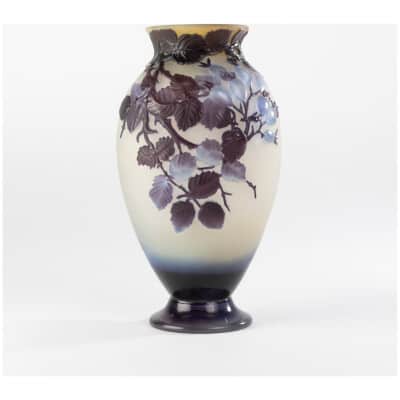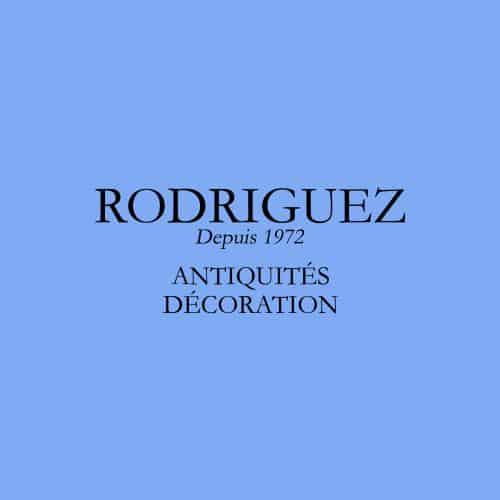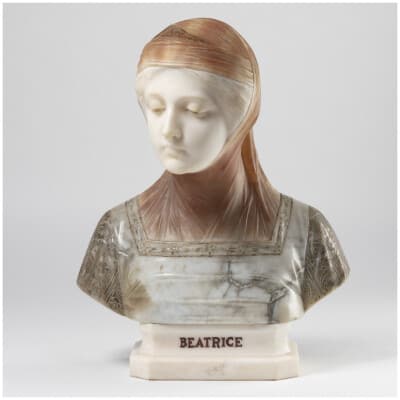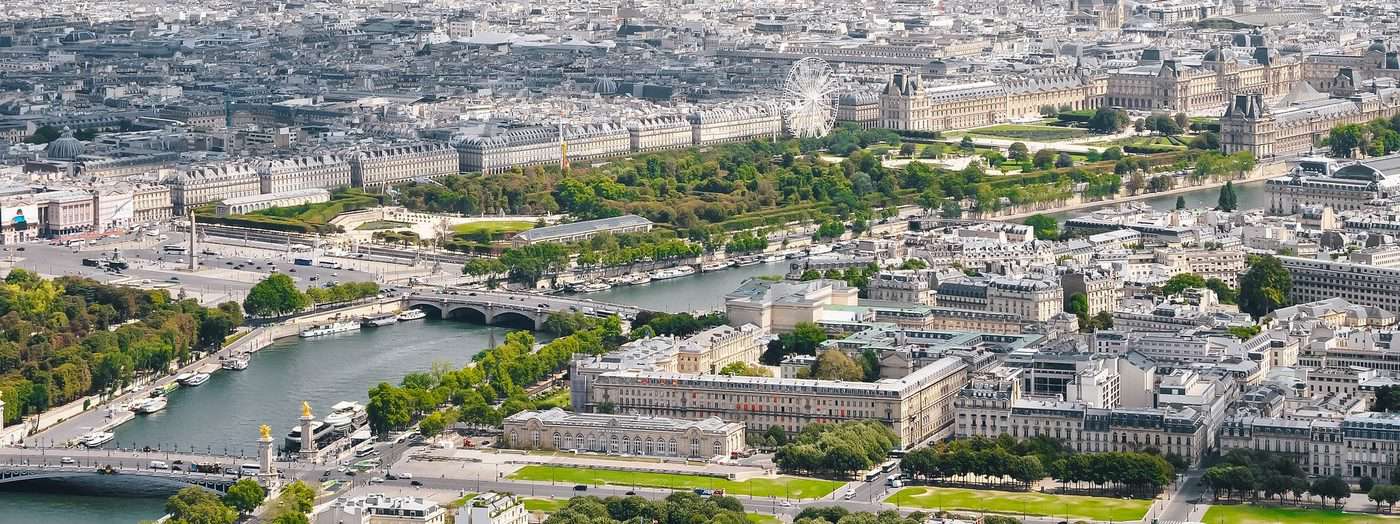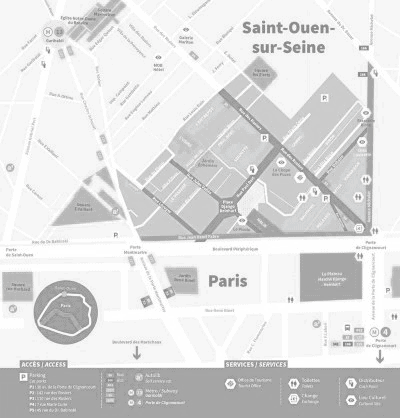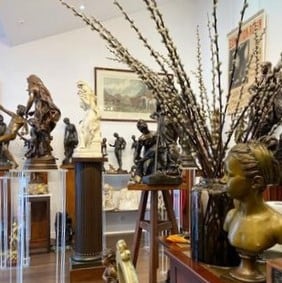
cATaLogUE Des PucEs
Bronze Group, “L’Anier Du Caire”, Alfred Dubucand (1828-1894)
Availability:
IN STOCK€4.600,00
Bronze group with nuanced brown patina, of orientalist inspiration, representing a young boy in front of his donkey, entitled “L'Anier Du Caire” by Alfred Dubucand (1828-1894).
Signature of the sculptor “DUBUCAND”, hollow on the naturalistic oval terrace, richly chiseled.
Old edition sculpture, second part of the period XIX th century.
Very good state of preservation and patina.
Length 34 cm 26 cm x 15 cm
Bronze Group, The Donkey Driver In Cairo, Alfred Dubucand (1828-1894)
A bronze group with shaded brown patina, of orientalist inspiration, representing a young boy in front of his donkey, entitled “The Donkey Driver In Cairo”, by Alfred Dubucand (1828-1894).
The sculptor's signature "DUBUCAND" on the oval naturalist terrace, richly chased.
Early edition sculpture, second half of the XIXth century.
Very good condition and patina.
Sizes : 34 cm x 26 cm x 15 cm

Alfred Dubucand (1828-1894)
Alfred Dubucand is a famous French sculptor, exclusively animal, often of orientalist inspiration.
Son of Marie-Jeanne Dubucand, he was born at 14, rue Martrois in Paris, on November 25, 1828.
A prize-winning student of Antoine – Louis Barye (1795-1875), Justin Lequien (1796-1881) and Pierre Rouillard (1820-1881), he made his debut at the age of thirty-nine, at the Salon of 1867 .
Alfred Dubucand, exhibited regularly at the Salon de la Société des artistes français, until 1883.
He obtained a third class medal, for his group drawn in bronze and entitled, “Persian cheetah hunter”.
The sculptor had a predilection for groups featuring men and animals, often of orientalist inspiration.
A large number of his orientalist sculptures depict North African scenes, depicting Arab tribes and nomads with horses, donkeys or camels.
Alfred Dubucand pays particular attention to the anatomical details and the accuracy of movement of his subjects.
He models his figures in wax or clay, then casts them in bronze using lost wax or sand.
Alfred Dubucand frequently experimented with chemical patinas on his bronzes, following the teaching of Antoine-Louis Barye.
He exhibited one last time at the Salon of 1883, with his group “Cavalier et Femme Arabes à la Fontaine”.
Alfred Dubucand (1828-1894)
Alfred Dubucand is a famous French sculptor, exclusively of animals, often of orientalist inspiration.
Son of Marie-Jeanne Dubucand, he was born 14, rue Martrois, in Paris, on November 25, 1828.
A prize-winning pupil of Antoine – Louis Barye (1795-1875), Justin Lequien (1796-1881) and Pierre Rouillard (1820-1881), he made his debut at the age of thirty-nine, at the Salon of 1867.
Alfred Dubucand exhibited regularly at the Salon of the society of French artists, until 1883.
He was awarded a third class medal for his bronze group entitled “Persian Hunter with Cheetah”.
The sculptor had a predilection for groups featuring men and animals, often of orientalist inspiration.
Many of his Orientalist sculptures depict North African scenes, showing Arab tribes and nomads with horses, donkeys or camels.
Alfred Dubucand pays particular attention to the anatomical details and accuracy of movement of his subjects.
He modeled his figures in wax or clay, then cast them in bronze using lost wax or sand.
Alfred Dubucand frequently experimented with chemical patinas for his bronzes, following the teachings of Antoine-Louis Barye.
He exhibited for the last time at the 1883 Salon, with his group “Arab Rider and Woman at the Fountain”.
Availability:
IN STOCK| Locations | |
|---|---|
| Century | |
| Style | |
| Object Type |
Questions and general requests
There are no inquiries yet.
Share this sheet:
Similar products
-
Necklace
Silver necklace with Pierre-Bex vinaigrette bottle, high. 6.5 cm on chain 70 cm long, (1970-1980)
€80,00 -
-
Objects of Collections
Emile Gallé (1846-1904), multi-layered and blown glass vase decorated with rosehip branches, XIXe
-
Objects of Collections
Giuseppe Bessi (1857-1922), Beatrice, marble and alabaster sculpture, XIXe
